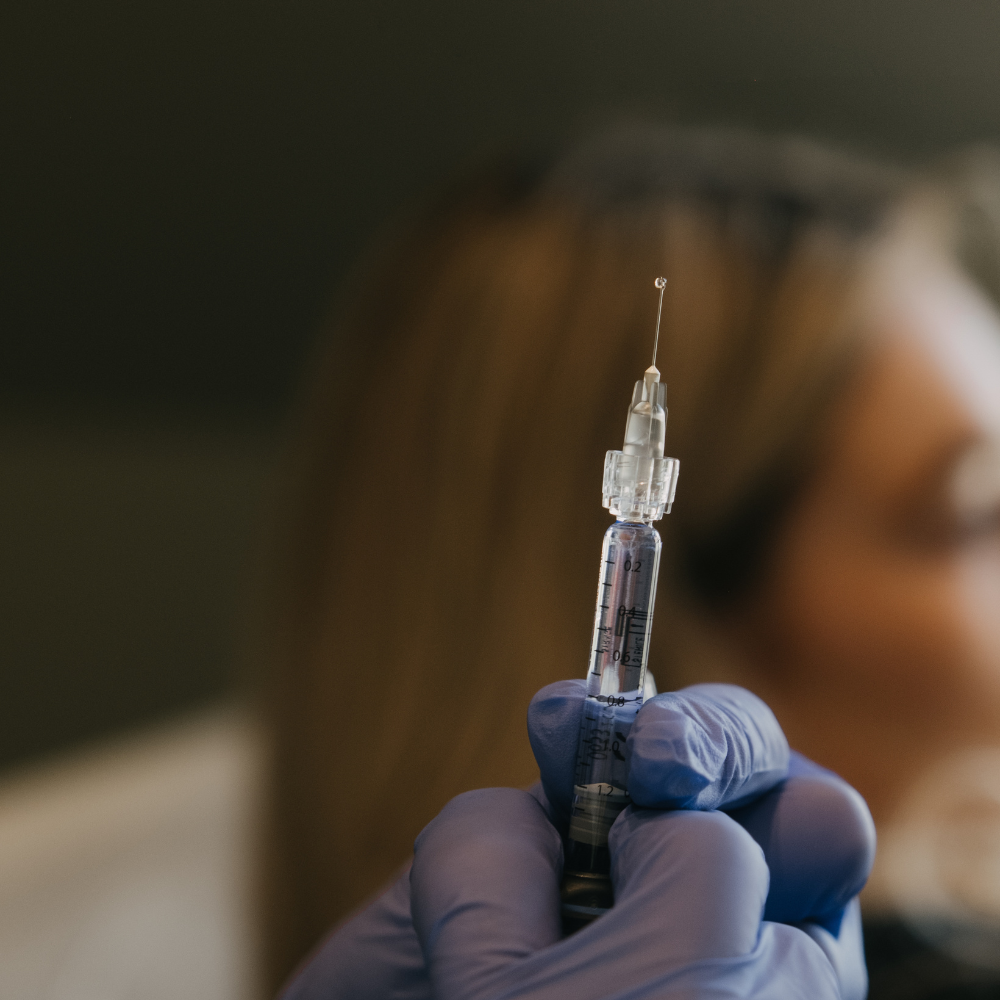
Skin Boosters vs. Biostimulators: The Scoop
Hey skinthusiasts, we’re back at it again for another educational skin care deep dive. If you’ve been perusing the menu of aesthetic treatments lately, you’ve probably noticed two popular terms floating around: skin boosters and biostimulators. They sound quite similar, but they’re not the same at all—and knowing the difference can help you make smarter choices about what your skin actually needs.
Let’s get into it.
What Are Skin Boosters?
Skin boosters are usually made with hyaluronic acid (HA)—a substance that our body produces naturally, and that’s also found in most fillers, but with a different mission. Instead of adding volume to the face, skin boosters are designed to deeply hydrate and plump the skin.
They’re injected right beneath the skin’s surface in microdroplets, spreading out evenly. This is a key distinction with dermal fillers, which are injected much deeper to add volume. Skin boosters deliver plumper, dewier skin with improved texture, elasticity, and glow.
Here are the quick facts & benefits:
- Skin boosters work quite well for fine lines, crepiness, and dullness.
- They’re often done in a series of treatments for best results.
- Results show up pretty quickly (within weeks) but you’ll need to go in for maintenance every 6–9 months.
- In North America, Restylane® is a popular brand whereas Profhilo® is more common in Europe.
What Are Biostimulators?
Biostimulators play a much longer game than skin boosters. Instead of delivering instant hydration, they stimulate your skin’s own collagen production. These are injectables like Radiesse® (calcium hydroxylapatite) or Sculptra® (poly-L-lactic acid).
They don’t just sit in your skin—they trigger your body to build fresh collagen and elastin, leading to firmer, thicker, and more youthful-looking skin over time.
Now that you understand how they work, here’s what you should know:
- Biostimulators are great for volume loss, sagging, and deeper wrinkles.
- Results take a few months to reveal themselves.
- Benefits can last 1–2 years, because it’s your own collagen doing the work—hence the long game.
Making The Right Choice For You
Let’s recap: skin boosters are your near-immediate glow-up, whereas biostimulators are your long-term investment. One hydrates, the other regenerates collagen and elastin.
Cheat sheet:
- Skin Boosters = Hydration + glow
- Biostimulators = Collagen + structure
If your skin is feeling dull, dehydrated, with subtle fine lines, skin boosters may be just what you need.
If you’re noticing sagging, hollowing, or deeper wrinkles, biostimulators are more up your ally.
Some opt for a combo approach—using boosters for surface-level radiance, and biostimulators for deeper collagen regeneration over time.
The Basics
In-clinic treatments are always evolving and each year the advancements offer us more options than the previous. That said, the basics continue to remain just as important: daily SPF, double cleansing, a retinoid, an acid, and moisture barrier support. Going in for treatments without staying consistent with the basics is kind of like getting surgery, never workout out or eating clean, but expecting great, long lasting results. The best formula includes both the basics and treatments for the best results over time.
So, if you’re considering skin boosters or biostimulators, I hope this has made the selection clearer. As always, a consultation with a skilled medical skincare professional is necessary—and remember to always do your own research.
That’s the scoop—
Till next time,
Gabriella

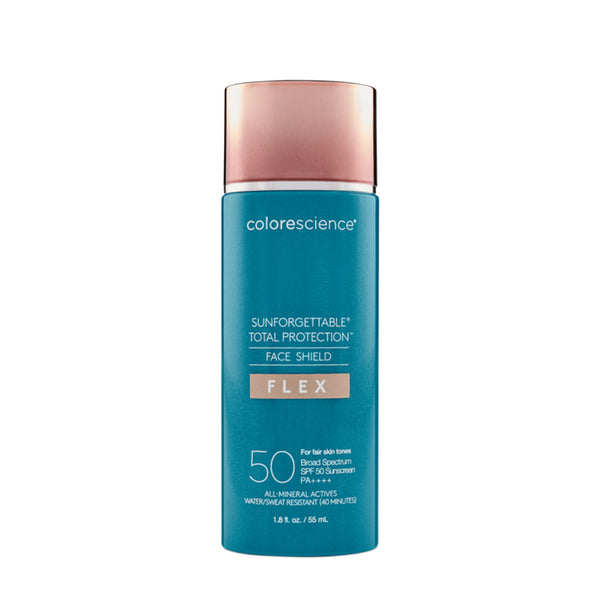
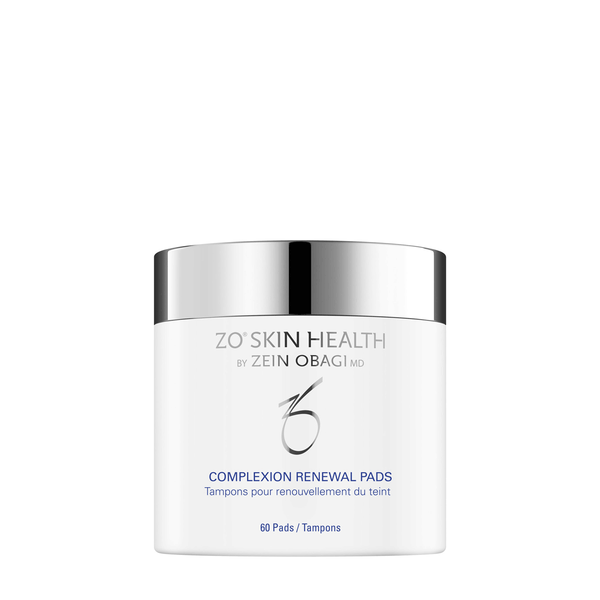
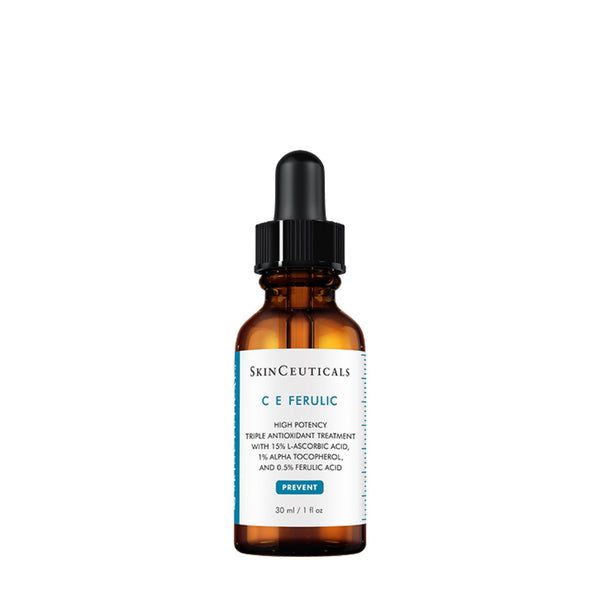
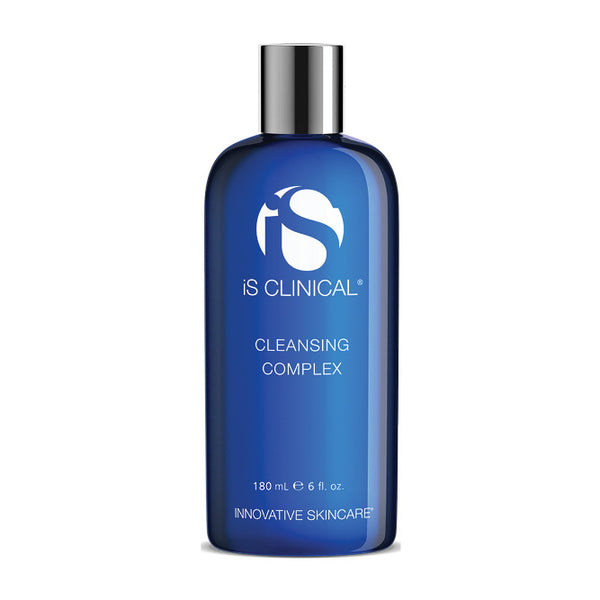
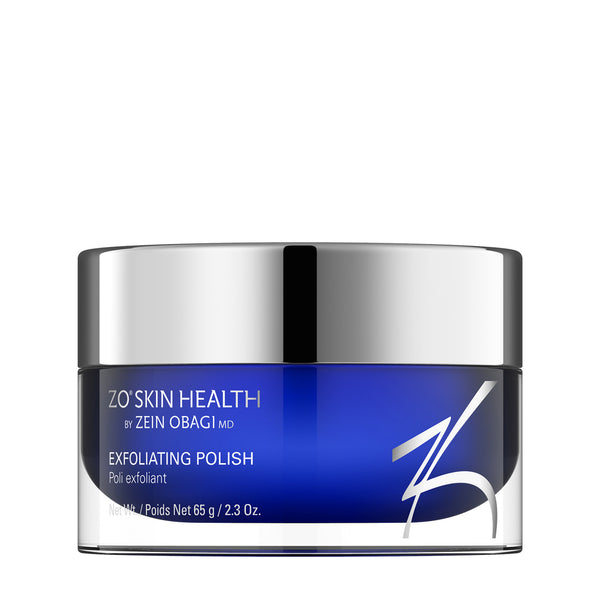

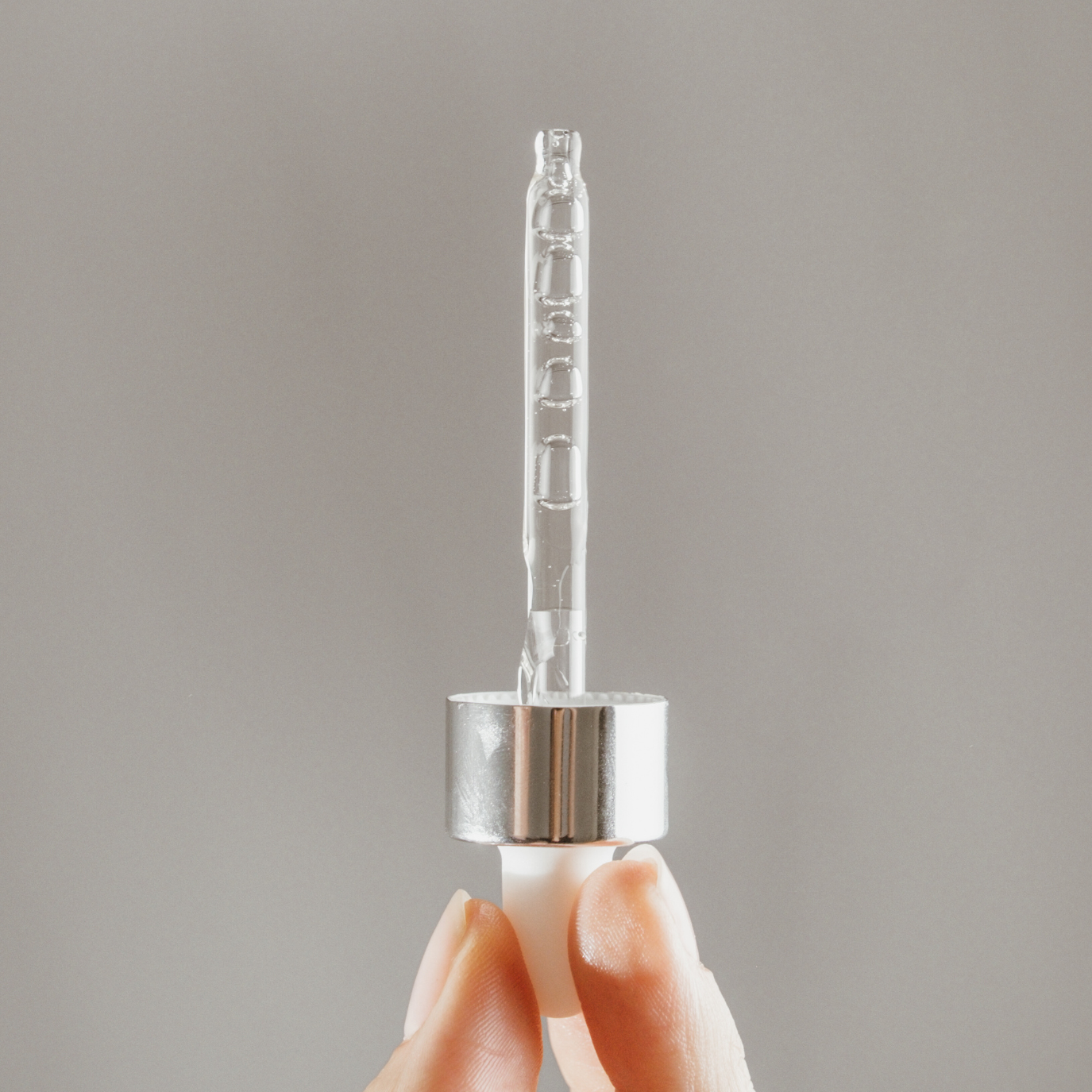



Leave a comment